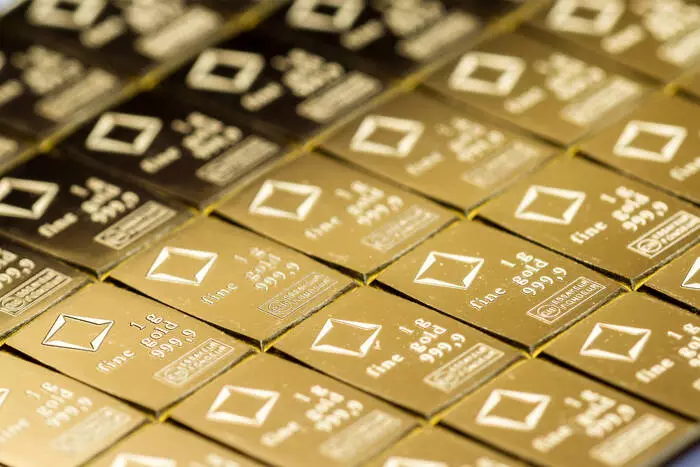Gold has held a prominent position in financial markets as a pivotal asset, reflecting a myriad of economic circumstances and investor sentiment. Its price is subject to fluctuations influenced by various factors, from political climates to economic indicators, making it both an intriguing and complex subject for investors and analysts alike.
Historical Price Fluctuations and Political Influence
Historically, the price of gold has demonstrated a pronounced sensitivity to the political and economic environments in which it exists. For instance, during the presidency of Jimmy Carter, from 1977 to 1981, gold prices skyrocketed, increasing by a staggering 326%. This spike can be understood against a backdrop of economic turmoil characterized by rising inflation and significant geopolitical tensions stemming from events like the Cold War. Carter’s era thus represents a time when uncertainty drove investors toward gold as a safe haven, prompting its value to surge.
In stark contrast, Ronald Reagan’s presidency from 1981 to 1989 saw a 26% drop in gold prices. The downturn is attributable to recovery in the U.S. economy coupled with a shift toward more stable foreign policy, especially post-Soviet Union negotiations. Analysts suggest that the pricing trajectory established during Carter’s administration was a continuation of trends initiated in the early 1970s when President Nixon effectively decoupled the U.S. dollar from gold, a decision that fundamentally altered the landscape of commodity trading.
Economic indicators play a critical role in influencing gold prices as well. Inflation rates, unemployment statistics, and interest rate expectations are key metrics that investors frequently monitor. For example, during Barack Obama’s presidency, gold appreciated by 40%, largely in response to economic uncertainty and challenges associated with the U.S. debt ceiling. The peak of $1,895 per ounce in 2011 reflects a marked reaction to fears of fiscal irresponsibility, showcasing gold’s role as a hedge against geopolitical and economic instability.
Similarly, the effects of the Covid-19 pandemic during Donald Trump’s presidency illustrated how extraordinary events could propel gold prices. The precious metal reached an all-time high of over $2,000 in August 2020, registering a notable 72% increase from the beginning of his term. This price leap underscores gold’s perennial status as a refuge for investors seeking stability in chaotic times.
As of this year, gold has continued its upward march, achieving a 34% increase year to date, with prices nearing the record high of $2,758. Such trends suggest that investors are flocking to gold amid economic forecasts that remain uncertain. However, this surge also raises questions about the sustainability of such a high price, particularly as technical indicators appear to signal potential challenges ahead.
The Relative Strength Index (RSI), a momentum oscillator, is nearing a historically relevant resistance zone. Past occurrences since 2008 indicate a tendency for prices to reverse when the RSI approaches such levels. Additionally, the existence of projection ratios at current gold prices—specifically the AB=CD pattern—might imply an impending resistance point that could curtail further increases.
While the immediate prospects for gold prices seem robust, the historical context and technical indicators should serve as vital components of strategic investment considerations. The current market environment suggests a dichotomy: while there is promise in continued price appreciation, the risks associated with historical trends cannot be disregarded.
As investors navigate these complexities, understanding the delicate balance of political influences, economic indicators, and market sentiments will remain essential to making informed decisions. The gold market’s unpredictable nature serves as a timely reminder of the interplay between fear and greed within financial markets, urging investors to remain vigilant as they chart their financial futures.
Through a lens of critical analysis, it becomes clear that while gold can serve as a beacon of stability amid turbulence, the considerations around its price movements must always be approached with a discerning and informed perspective.

